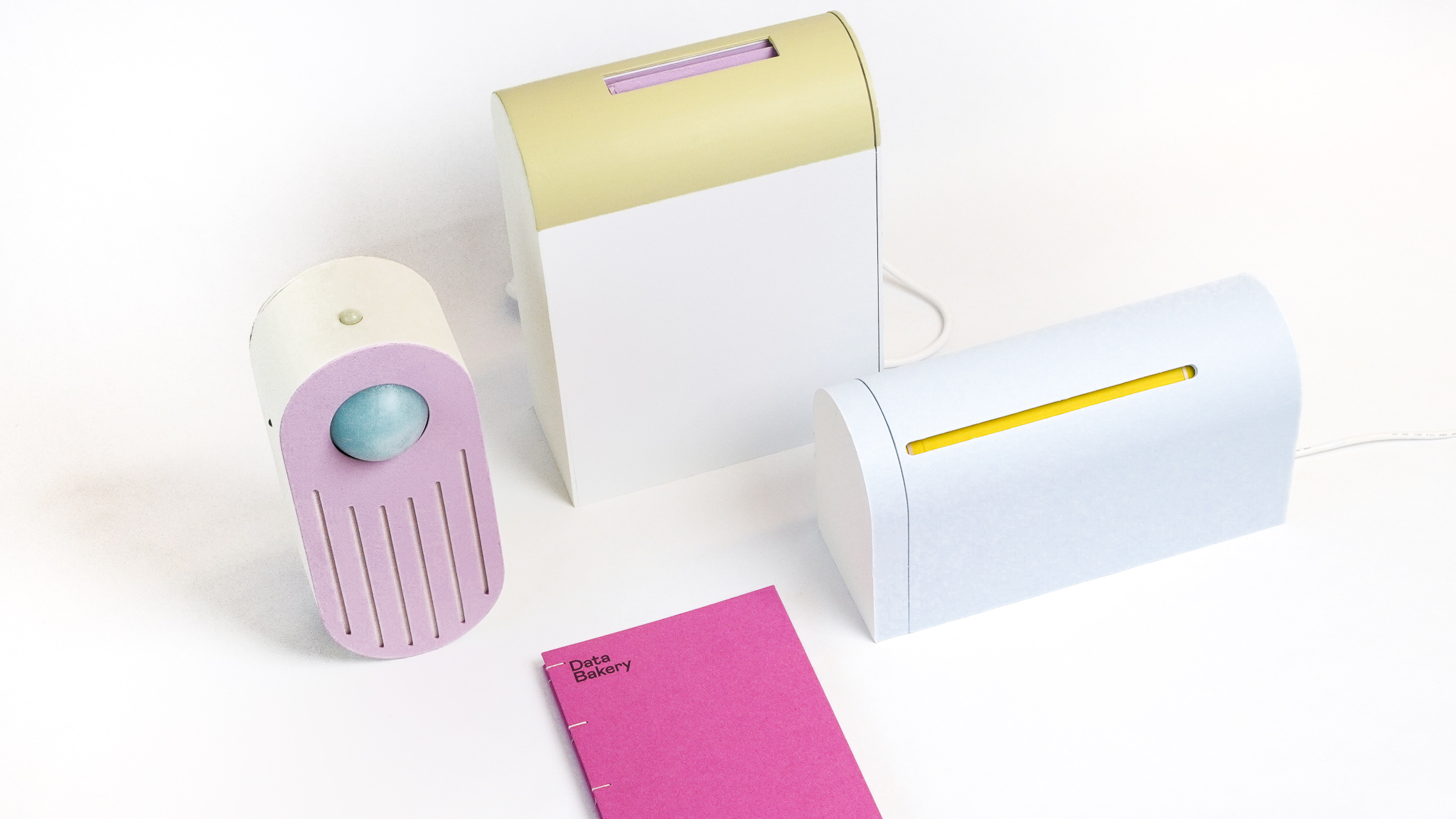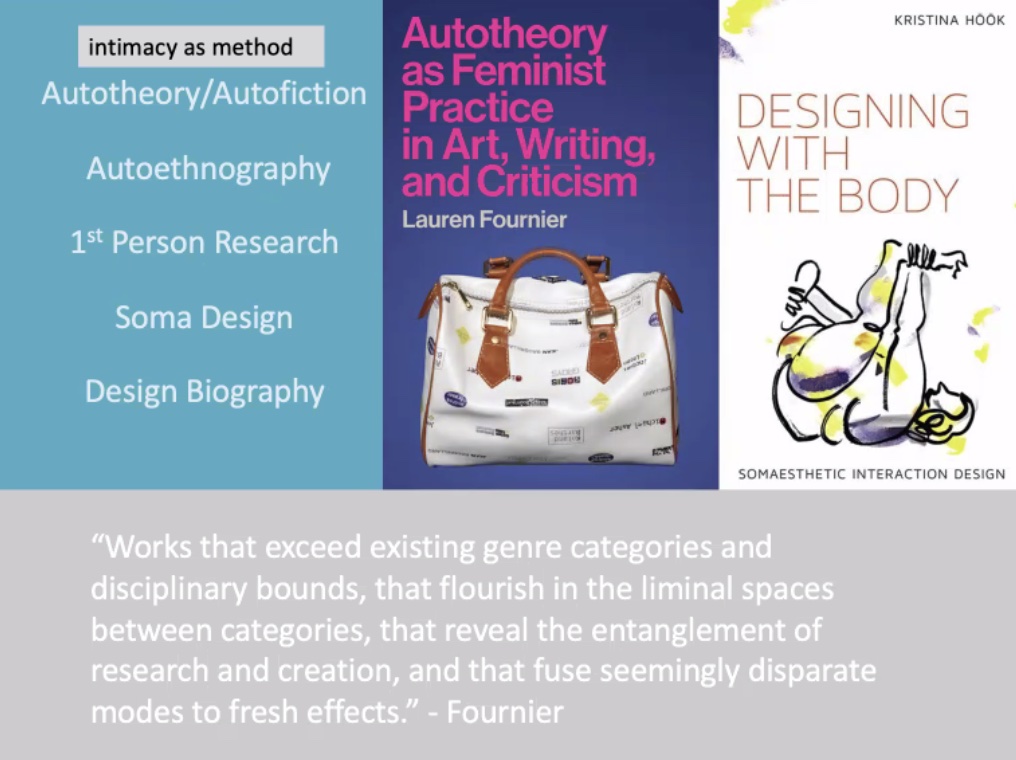Updated vision and identity
Here you can read about how these talks shaped my way of thinking about my vision and identity as a designer
After the first trimester I said I am not a rebel, but curious…
I mentioned I was always really curious and that curiosity made me question everything. By the help of those questions I had the urge to instead of leaving systems, modify them a bit and think more and more in systems. By the help of that urge I could become a product designer, and by that I got a voice in these systems. And that I became bit more loud than before.
I am convinced, since then MDEF gave me an even louder voice. A voice which knows where the wavelengths of its sounds should go to, where should it turn back and who to reach with them. With this voice I was already able to invite communities and other designers to fight for the vision in my eyes and heart. It is a voice which can help my eyes and my heart. I am trying to become a professional who does everything based on its heart just like the everyday person I am. And why the heart? Because my heart / soul is the one which is mostly influenced by society and by the problems which we, the society, face. So someone who wants to act is one soul from the other collective one.
Did I become more curious? I did. I did because MDEF opened up my eyes to so many other possibilities with tools and other speculated futures I can think of.
“Speculations can give form to the multiverse of worlds our world could be. Whereas it is accepted that the present is caused by the past it is also possible to think of it being shaped by the future, by our hopes and dreams for tomorrow.”
- Speculative EverythingThrough the second trimester, we have seen different ways of critically questioning the world we live in. To what extent should we question everything, how curious should we be for actually being able to solve problems together?
I think when curiosity mostly helps, is when I can actually design with communities, when the questions don’t just come from me, but come from others as well, just like Audrey Des-Jardins, who really engaged with her projects in a first person per-spective. Who understood deeply what she designed and who she designed for. In her Van project, it was actually herself and she lived with her own design. Just like Laura Forlano, who calls herself a disabled cyborg, - a design researcher who always tests her own needs and the constraints of a technological equipment which is part of her own body by now.
Living with your own ‘designs’ and embodying them helps you in a way, that everything you see will trigger something with that, you are curious from two kinds of perspectives at the same time, from the perspective of a designer and from the perspective of your own.
This year my ‘design’ in one word is actually something like curiosity (a world where we see each other's realities, by asking questions, by raising our voice and by seeing the world from a different eye level). This year I always try to find the key insights and intrinsic challenges connected to my curiosity through the tools and methods I gathered through my education and experience. I deeply feel that my responsibility as a decision maker in my own life that is not detachable from a collective life, is to consciously rethink these already existing systems. I am also dreaming of a society which is as curious as me, whose habits and everyday life depend on curiosity and changes which sustain these systems.
I am also trying to modify my own system of being a designer. Thus I found myself at MDEF: When a system needs some changes for the sake of sustaining it, maybe due to an emergent or rapid change, the perspective of a designer is not enough. We have to create questions and dialogues based on them between many experts, re- searchers, individuals and also decision makers. Instead of being a designer, the so-called everyday people with every day decisions, I want to be a thinker, a dialogue maker, a visionary who can speak the language of different disciplines to be able and start common discourses for a common challenge or fight we need to tackle together.
My identity as a designer relies on the community (thus it is not unique, but a collective one) I design with and for. Thus I would use this metaphor to define this kind of identity: One of the first word of the old testament is ebrah k’dabri which literal translation is Abracadabra, following its’ etymology, the meaning of it “I will create as I speak, thus the act of conversation will magically create new realities. As I said before, I want to be a thinker, a dialogue maker, a visionary who can speak the language of different disciplines and communities, by the help of empathy and care to be able and start common discourses for a common challenge or fight we need to tackle together in our systems to sustain and if needed transform them.
Reflections
Here you can read all the reflections on my path of reflection.
My path of reflection is emerging through the lectures we have from our guest speakers.
Audrey Desjardines - Autobiographical Design - Approaching
On our first Future Talks session we met Audrey. She is an assistant professor in interaction design at University of Washington, in the Audrey who is an Interaction Design Researcher and Educator who does research at her own design research studio at Tilt.
Her aim is to rethink the world of the Internet of things, through participatory design, autobiographical approaches and research-through-design. She mainly talked about these tools and methods to first person practices of her. We also touched the surface of ethical and non biased data collection of 1PP approaches.
She showed us examples through 2 of her projects. The first one was how can you build a community around you by a 1PP project, it was her thesis project, living in a prototype when she built a van by herself and documented all her steps through this journey. The second example was about analogue data collecting techniques. She talked about her data collector collection, which aims to raise awareness about every day data our environment collects. One of the object was the Soft Fading, which is an analog device that collects sunlight data on a cylinder of revolving turmeric dyed fabric.

The Odd Interpreters is a family - audreydesjardins.com
My takeaways from her talk: how important is is to engage with yourself about a research topic before engaging with others, continuously document for continuous reflections, collaboration is a must even in 1PP, reiterate and design from mistakes
Laura Forlano - Auto-ethnography
On our second Future Talks session we met with Laura Forlano who is a design researcher, an Associate Professor of Design at the Institute of Design at Illinois Institute of Technology, where she is also Director of the Critical Futures Lab. I was really curious about her talk since I’m followed her work through the book of From Social Butterfly to Engaged Citizen.
She also talked about a 1PP research or her, through calling herself as a 'disabled cyborg’. She introduced us to the world of T1 diabetics and to an every day life with a pump, which is regulating her insulin levels, she is bound to a piece of technology she cannot actively design or debug. Due to her state of health, she has to transform her body and contribute in the socio-technical practices that constitute hacking and (un)hacking.
This topic was eye opening for me from the perspective of a world, where we all start to wear different wearables and attachments as innovations and think about the ethical and human aspects of it. But how is it, when you have no choice, you are fighting to be human by wearing them and when you can only live a fully ethical and humanised life with them.

Laura's presentation - 24.01.2022.

